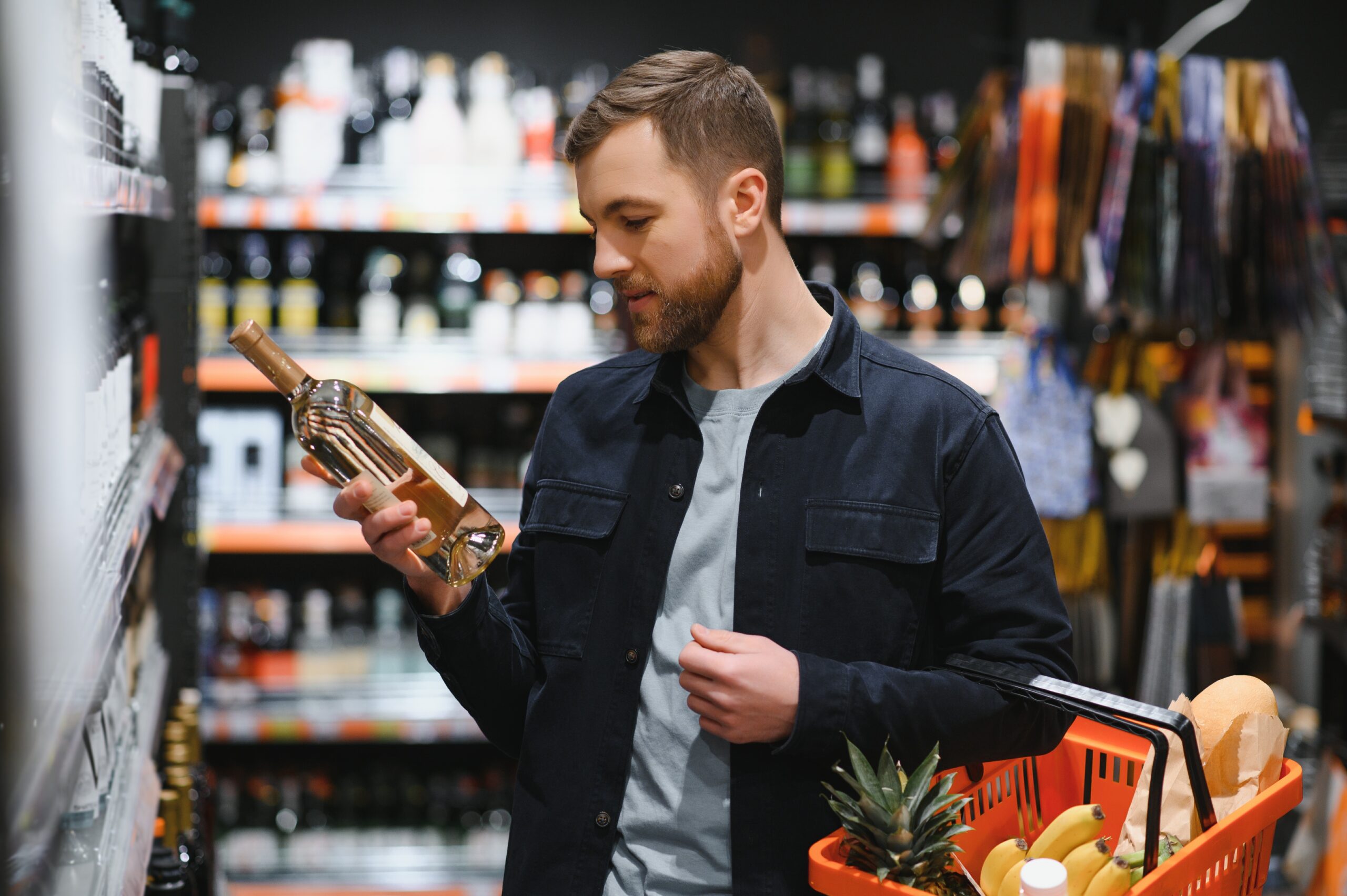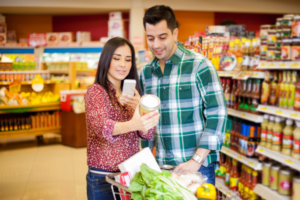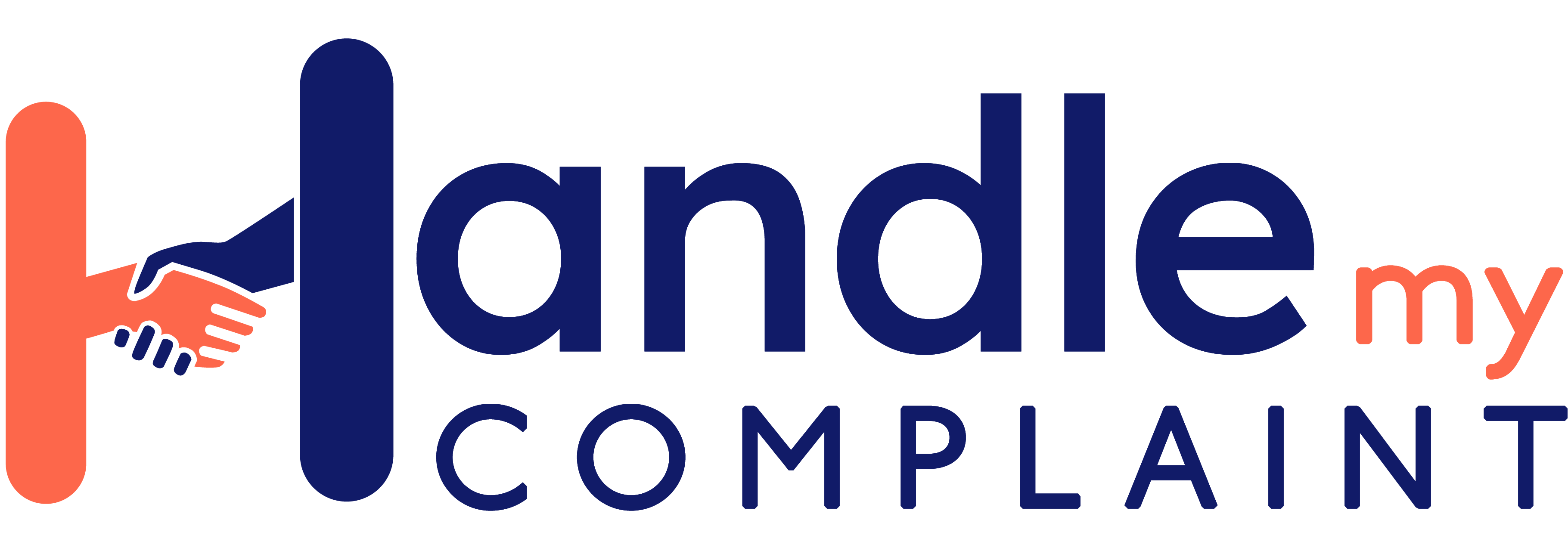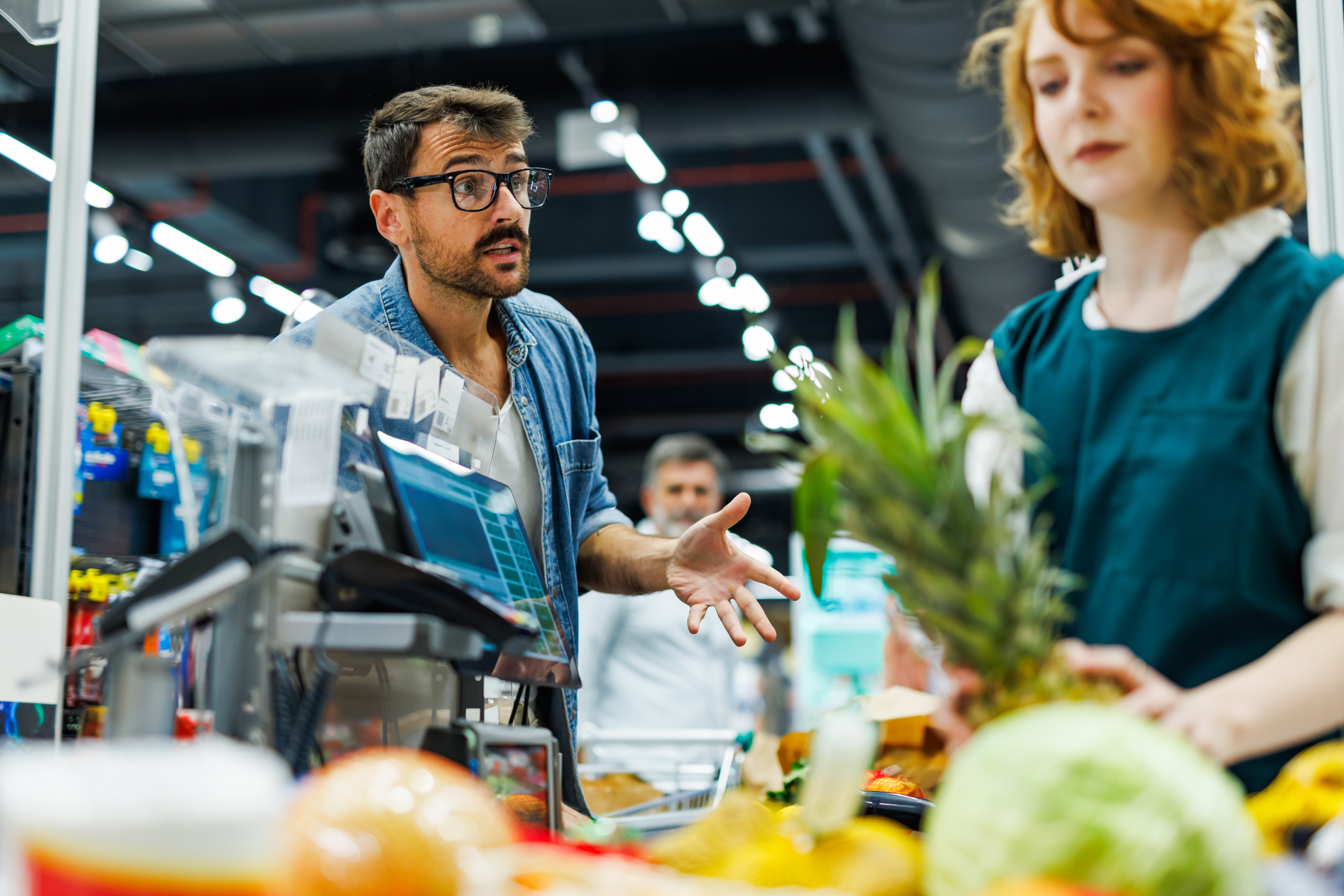
Food fraud: Are you eating what you paid for?
With groceries costing more than ever, at the very least, you would expect to get what you paid for.
But the food we buy isn’t always what it says on the packaging. Whether it’s cheap olive oil sold as extra virgin, beef passed off as veal, or drinks watered down, food fraud is more prevalent than you might think.
An AgriFutures Australia report found an alarming rate of food fraud, costing Australia up to $3 billion a year and potentially damaging our international reputation for high-quality products.
It can be challenging for consumers to spot the difference, too. So what exactly is food fraud, and what can we do to help stamp it out?
Food fraud in Australia
Food fraud is the intentional deception of consumers by altering food products for economic gain. This (mal)practice can take many forms, from substituting cheaper ingredients for more expensive ones to completely counterfeiting well-known brands.

Food fraud has plagued societies for centuries. According to US-based Quality Assurance and Food Safety, laws were in place to prohibit defrauding buyers of food products even as early as the second century BC in China.
Today, like many other countries around the world, Australia faces challenges with food fraud in its complex supply chains.
What are the categories of food fraud?
Mislabelling
This practice involves placing false or misleading information on food labels, such as:
-
- Origin - False claims about where the food was grown, raised, or produced. In 2023, Costco Australia was fined $33,000 for labelling two of its lobster packages “WA Lobster” and “Australian Lobster” when, in fact, they were imported from Canada.
- Content - Not declaring all ingredients or using misleading terms. A prime example is the horsemeat scandal across Europe, where what consumers thought was pure beef contained more than 30 percent horse meat, sometimes alongside undeclared pork.
- Quality - Exaggerating the quality or nutritional value of the food. This could involve inflating the product's weight or health benefits. Many claims around so-called superfoods such as the acai berry, for example, are simply not true, according to Melbourne University experts and would not be tolerated in a country with better food regulations.
Adulteration
This refers to adding a cheaper, inferior, or even harmful substance to a food product. In 2018, Capilano was accused of breaching Australian Consumer Law when testing found its Allowrie-branded honey, labelled as "pure" and "100% honey," contained sugar syrup.
The company denied the claims, and the Australian Competition and Consumer Commission (ACCC) ultimately concluded that the testing methods used at the time were not reliable enough to prove adulteration.
Substitution
This involves replacing a more expensive ingredient with a cheaper one that may be similar in appearance but not quality or nutritional value. A concerning example in Australia is Hoyt's Food Oregano Leaves Rubbed. In 2017, the ACCC found that Hoyt's oregano contained around 50 percent olive leaves instead of mostly oregano, as the label implied. The commissioner fined the company $10,800.
Counterfeiting
This form of food fraud involves creating and selling an imitation product that appears identical to a well-known brand. Counterfeit products can be a health risk if they contain harmful ingredients or lack proper hygiene controls. Milk, olive oil and honey are three of the most counterfeited foods globally.
Dilution
This involves weakening a product by adding a lower-value ingredient. This could include watering down juice, adding bulking agents to sausages to reduce the amount of meat, or adding fillers to coffee beans. A more subtle form of dilution can involve adding cheaper fruit juices high in water content to more expensive juices. For instance, research has identified adulteration of blackberry juice concentrates and wines with juice from fruits high in sorbitol, like plums.
Concealment
This involves deliberately hiding the poor quality or spoilage of a food product. It could mean using excessive packaging to obscure the product's appearance or adding masking agents to disguise off-flavours or odours. Another type is marketing non-halal meat as halal.
What are the categories of food fraud?
Some food categories are more susceptible to fraud than others. Here are some examples:
Meat (beef, veal, lamb, pork)

These meats can be expensive, and fraudsters may substitute cheaper cuts of meat or even different types (like horse meat) into products, for example, labelled as pure beef. Additionally, there have been concerns about injecting meat with water or bulking agents to increase weight. Economic gain is a significant motivator here.
Fish and seafood
Species substitution is common, with cheaper options being passed off as more expensive varieties such as caviar. Consumers may also be misled about whether fish is wild-caught or farm-raised, with the latter typically being cheaper.
There can also be issues with species substitution. For instance, cheaper white fish might be used to bulk up crab legs or other shellfish products. Fake treatments or colouring agents may be used to disguise less desirable seafood, such as in the case of jelly-filled prawns marketed as king prawns.
Dairy products
Milk fraud can involve watering down milk to increase volume or adding thickeners to give it a richer appearance. Sometimes, milk from different animals may be blended (such as cow's milk mixed with goat's) and sold as pure cow's milk.
In China, melamine contamination of milk powder reached a horrifying peak in 2008. This industrial compound, used in plastics and fertiliser production, was illegally added to milk to inflate protein levels detected during testing.
Cheese can also be adulterated with fillers or cheaper fats. A Bloomberg report says some grated cheese products contain as much as 10 percent cellulose when the accepted level is only four percent.
Honey
Honey is a popular target for fraud due to its high price and complex global supply chain. Fake honey may be simply corn syrup or a mixture of syrups with little to no actual honey.
Olive oil
Extra virgin olive oil is another prized product vulnerable to fraud. Faking can involve diluting natural olive oil with cheaper vegetable oils or even passing off lower-grade olive oil as the more expensive extra virgin variety.
Spices (saffron, paprika, black pepper)
Popular and expensive spices like these are susceptible to being faked or diluted. Ground spices are particularly vulnerable, as cheaper substitutes or fillers can be easily added without detection by the naked eye.
Wine
Wine fraud can involve mislabeling the grape variety, vintage, or region of origin. Additionally, some producers may add colourings, flavourings, or bulking agents to lower-quality wines to make them seem more appealing.
How to avoid food fraud
Food fraud is alarming, but you can take these steps to be a more informed and vigilant consumer:
-
- Buy from reputable grocery stores, farmers' markets, and butchers you trust. Research and shop from local producers and farms if possible.
- Look for labels with certifications from independent organisations that verify product quality and origin. Examples include organic certification for produce or grass-fed labels from the Cattle Council of Australia for meat. For extra virgin olive oils, look for the EVOO label.
- Don't just skim the front of the package. Pay attention to the ingredients list and any claims made. Be wary of vague wording or misleading terms. For help, check the Food Standards Australia and New Zealand guidelines on labelling.
- While expensive doesn't always guarantee authenticity, a suspiciously low price on a premium product could be a red flag. Extra virgin olive oil at a rock-bottom price or exotic fruits at a huge discount might be cause for concern.
- Inspect the food carefully. Does it look off-colour or have an unusual texture? Give it a sniff – fresh food shouldn't have an unpleasant odour. If something seems off about the appearance, texture, or taste of your food, don't hesitate to return it.
- Keep updated on food fraud trends and the types of products most commonly targeted via news sources and reputable consumer organisations.
Dealing with fake food purchases
The financial penalties for food fraud range from $1000 to $1 million, depending on which state or territory you’re in. In some states, such as Victoria, individuals involved can even face imprisonment for up to two years. These harsh measures highlight Australia's commitment to a safe food supply chain.

The food supply chain can have blind spots, however, making regulation challenging. This is where you come in.
If you suspect you've bought something fraudulent, take these steps:
-
- Gather evidence by keeping your receipt and the packaging. Take pictures of the product, highlighting anything unusual about its appearance.
- Inform the store or supermarket where you bought it. They might offer a refund or exchange.
- Ask for information about the product's origin and if they are going to take action to prevent anyone else buying the same inferior product.
- Report the incident to your local food enforcement agency or the ACCC.
Food fraud is a problem that requires both government and industry action, but our vigilance as consumers can also help secure our food safety - and ensure you get what you paid for. If you notice something’s not right about food or drink you bought, get in touch, and we’ll help you handle it.






